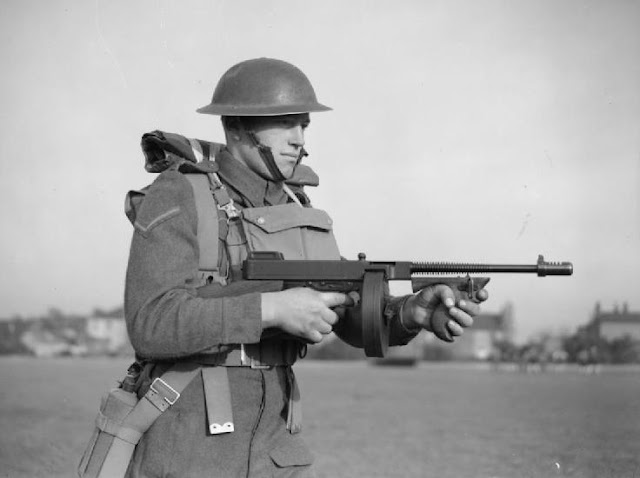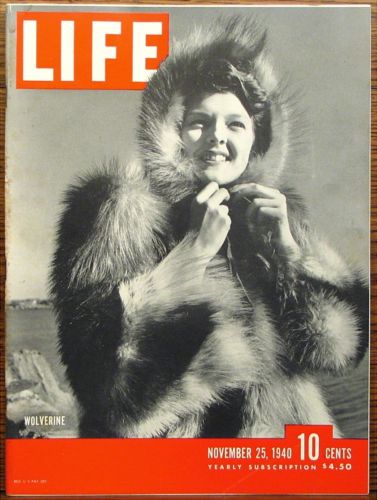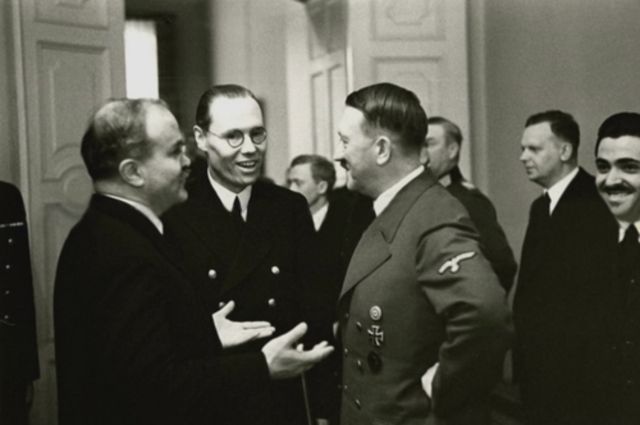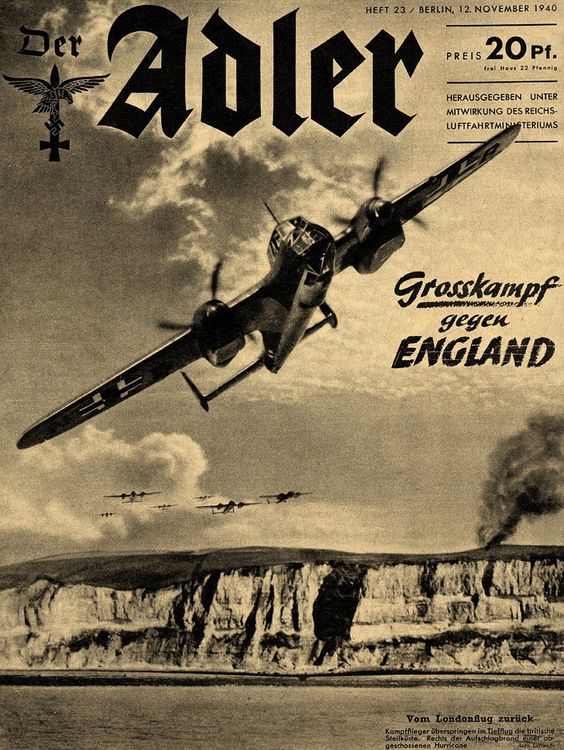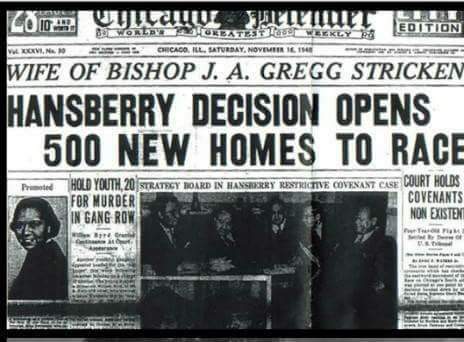Tuesday 25 March 1941
 |
| Adolf Hitler and Prince Paul of Yugoslavia. |
Operation Lustre, the British reinforcement of mainland Greece, continues. Convoy AG 8 departs Alexandria bound for Piraeus carrying troops and supplies, while Convoy AS 22 departs Piraeus bound for Alexandria. Norwegian 5062 ton freighter Hav departs from Piraeus bound for Alexandria.
 |
| "Goodwill visit to Brisbane by the American fleet in March 1941. This was the first visit to Brisbane during World War Two of an American Naval Squadron. At this time, the United States of America had not entered the war. Entry was a few months away after Pearl Harbour in December 1941." 25 March 1941. State Library of Queensland. |
As the day beings, the West Yorkshire and 3/5th Mahrattas advancing down the hill from Fort Dologorodoc to the right of the gorge seize some lower hills overlooking the gorge. The Italians resist fiercely, but the British occupy the entire southeastern side of the gorge by 07:30.
At 03:00, another attack is launched by the 2nd Highland Light Infantry and the 4/10th Baluch Regiment. They emerge from a railway tunnel that is to the left of the gorge in order to attack Italian troops at the head of the gorge. The British maintain heavy artillery fire on the Italian positions from the area around the Sanchil heights. Other troops (3/2nd Punjab Regiment) then enter the gorge itself to clear it. By 05:30, the entire gorge is cleared of Italian troops and the Italians can no longer fire down directly into it.
The Italians counterattack in the afternoon. Italian troops continue to hold out on Mount Sanchil on the left side of the gorge. The Indian troops use artillery to break up the Italian attempts to counterattack.
British engineers quickly begin clearing the Dongolaas Gorge of the obstacles placed there to prevent British vehicular traffic. On the surrounding rim, the Italians and British continue struggling for dominance. The British take 500 prisoners in the early morning hours.
European Air Operations: The RAF switches strategic targets. Rather than attack factories in and around cities, for the time being, RAF Bomber Command will attack Axis convoys. These include the iron ore shipments flowing down the Norwegian coast from Narvik to Hamburg, convoys from Hamburg to occupation forces along the North Sea and Channel coast, and oil shipments coming up from Spain. Initiating this strategy, the British bombers attack shipping off of Ameland in the north of Holland.
The Luftwaffe sends small raids against towns on the south coast. A fighter sweep over southern England with fighter-bombers (Jabos) produces few results.
 |
| Cable ship C.S. Faraday is lost on 25 March 1941 to Luftwaffe attack. |
German raider Kormoran captures 11,309-ton Canadian tanker Canadolite midway between Africa and Brazil. The Germans put a prize crew on board and sent it to Brest.
German raider Thor remains a thorn in the Admiralty's side. Today, it torpedoes and sinks 8799-ton British liner Britannia in the mid-Atlantic about 750 miles west of Freetown, Sierra Leone, British West Africa. The Thor's captain hears British radio transmissions and assumes they mean that the Royal Navy is nearby. He departs the scene after rescuing only one man from the 203 crew and 281 passengers on board. The Britannia is carrying a large number of Royal Navy officers heading to the Mediterranean Theater of Operations.
While almost everyone on board the Britannia survives the initial sinking, many perish after the Thor leaves. The weather may be warming up a bit, but the seas remain cold. A Spanish freighter, the Bachi, rescues 51 men, another, the Cabo De Hornos, rescues 77, and British freighter Raranga rescues 67 men. Another 33 men reach Brazil in their lifeboat, but it takes them 23 days. Two men on the Britannia, Lieutenant I. S. McIntosh and Frank L. West RNVR (who writes a book about the incident) receive MBEs for their service on the ship, while four others receive commendations. The Thor's captain, Otto Kähler, acts correctly in terms of his legal wartime obligations; however, this is not the best moment of the Kriegsmarine.
Thor later comes across 5047-ton Swedish freighter Trolleholm. This time, Thor takes all 31 men on board prisoner after scuttling the ship.
The Luftwaffe bombs and sinks 627-ton British freighter Rossmore about a dozen miles from Godrevy Island in Bristol Channel. There are six deaths.
The Luftwaffe at 19:45 bombs and damages 5533-ton cable ship CS Faraday in the Bristol Channel. The Heinkel He 111 bombs and strafes the Faraday, causing a fire that forces the crew to abandon ship - after it shoots down the Heinkel. There are 8 deaths and 25 wounded. The blazing Faraday later grounds at St. Anne's Head, and the cable on board is mostly recovered. However, the remains of the ship, such as they are, remain there and in fact have become a favored diving location in shallow water at Hooper's Point, Pembrokeshire.
The Luftwaffe (I,/KG 40 Focke-Wulf Fw-200 Condors) bombs and sinks 9956-ton British tanker Beaverbrae in the Northwest Approaches. All 86 men on board survive. One of the destroyers picking up the men, HMS Gurkha, collides with a small wooden ship while returning to Pentland Firth outside Scapa Flow, but everyone is fine and the destroyer makes it back to base. However, the drifter sinks and nobody on it survives. The Gurkha has to go to Roslyn for repairs to its bow.
The Luftwaffe bombs and damages 347-ton Dutch freighter Escaut southwest of Hartland Point. After the crew abandons it, the ship drifts ashore near Bude but is later refloated and repaired at Appledore.
British 21-ton fishing boat Alaskan hits a mine and sinks northeast of Hartlepool. All five on board survive.
US 8013-ton tanker Cities Service Denver is under tow off the coast of North Carolina when an unexplained explosion occurs beneath the crew quarters. There are 19 deaths.
The Admiralty sends a troopship, HMS Circassia, from the Clyde to Iceland. It carries more personnel for the growing British presence there.
Convoy HG 57 departs from Gibraltar.
Royal Navy light cruiser HMS Hermione (Captain Geoffrey N. Oliver) is commissioned.
 |
| British liner Britannia, sunk on 25 March 1941 by German raider Thor. |
That changes today. Italian destroyers Crispi and Sella each carry three 2-ton motor assault boats from Leros in the Dodecanese Islands. They head for the vicinity of the major British naval base at Suda Bay, Crete. The destroyers release the boats from about 10 miles (18 km) offshore at 23:30. The small boats proceed toward the large Royal Navy ships at anchor in the bay for an attack on the 26th. The prime target is heavy cruiser HMS York.
On land, the German Afrika Korps continues consolidating its recent acquisition of El Agheila. The British have withdrawn to Mersa Brega, which occupies a narrow point between the coast and the rocky interior where larger operations are impossible. The Germans also note that the British have abandoned Maaten Bescer, too, with British patrols in the area west of Mersa Brega vastly reduced.
Having completed their mission in Athens and Cairo, Foreign Secretary Anthony Eden and CIGS John Dill begin their journey back to London. Today, they lay over at Malta around midnight on the 24th from Athens. The original plan was for them to continue on to Lisbon immediately, but the weather forces a layover, so they spend the day playing billiards and visiting various highly placed individuals on the island. It is a memorable day for Malta, which does not get many highly placed visitors who stick around for any length of time.
British submarine HMS Rorqual lays mines off Palermo west of Sicily.
Battle of the Indian Ocean: German raider Pinguin completes its refit at the uninhabited Kerguelen Islands and departs, along with supply ship Adjutant, for further operations. The crew has disguised Pinguin as Norwegian freighter Tamerlane.
British 11,092 ton transport Waimarama runs aground after departing Port Said bound for Alexandria. The ship is pulled off by two tugs, but the ship requires 2-3 months of repairs.
The Admiralty transfers aircraft carrier HMS Eagle's two squadrons of Swordfish bombers to Port Sudan.
Spy Stuff: The British learn through their decoding operations and spy network, along with "hard" intelligence such as observed Luftwaffe reconnaissance missions, that the Italians are planning a major operation at sea.
 |
| U.S. Navy cruiser Chicago makes port at Brisbane, Australia, 25 March 1941. John Oxley Library, State Library of Queensland. Neg 77816. |
By joining the Axis, Yugoslavia allows German troops to cross its territory but does not have to fight - at least according to the secret terms promised by Hitler. There is immediate disagreement with Prince Paul's decision throughout the country, but particularly within certain sections of the military. There also is a division along ethnic lines that foreshadow events decades later, with Serbs favoring the British and Croats favoring the Germans.
The Germans are ecstatic about Yugoslavia signing the agreement. The Propaganda Ministry orders its outlets to describe this as another step toward a New World Order.
German/Soviet Relations: One of the remaining sticking points between Germany and the USSR is removed today. Ethnic Germans from Latvia, Lithuania, and Estonia complete their resettlement to Germany, while ethnic Lithuanians, Russians, and White Russians are resettled in the USSR. That many of these people, such as the White Russians, may not particularly want to make the move is irrelevant. These mass dislocations of people (an estimated 60,000 people head west while 20,000 head east) is a common and continuing feature of World War II. Of course, the people heading east will see the Germans again before too long, but nobody outside of the top German government and military circles is supposed to know that. The people brought in from the east are housed for the most part in camps to await properties the Germans plan on seizing or otherwise acquiring soon from others.
German/Japanese Relations: Japanese Foreign Minister Yōsuke Matsuoka is visiting Berlin and says:
The Japanese nation is with you in joy or sorrow...to arrange the world on the basis of the new order.Matsuoka is visiting both Berlin and Moscow, and his trip will have repercussions that reverberate for years. He is a proponent of Japan attacking the USSR in concert with Germany, but that view is not shared within the higher levels of the Japanese government and military.
German/Greenland Relations: Greenland long ago declared its independence from mother country Denmark due to German domination there. However, Greenland never declared war on Germany. Today, Germany declares that it will observe only a three-mile territorial limit around Greenland.
 |
| Australians greet visiting American sailors, Brisbane, Queensland, 25 March 1941. John Oxley Library, State Library of Queensland. Neg 104176. |
In the same vein, Captain Ellis S. Stone brings his light cruiser squadron (USS Brooklyn and Savannah, along with three destroyers) to Tahiti.
Italian Military: Following the disaster of the British Operation Compass, Marshal Rodolfo Graziani is formally replaced by General Italo Gariboldi as Commander-in-chief of Italian North Africa and as Governor-General of Libya. Despite his lack of success on the battlefield, Graziani remains good friends with Benito Mussolini, traveling with him and acting as a military confidante. This is not the end of his military career, either, but Graziani will remain inactive for the time being.
Japanese Military: Captain Kiichi Hasegawa takes command of aircraft carrier Akagi.
Romanian Military: Petre Dumitrescu takes command of the Romanian Third Army. This formation is oriented toward northern Bukovina, which the Soviets occupied in June 1940.
British Government: The Admiralty holds a conference on shipping and shipbuilding. Visiting Australian Prime Minister Menzies, who has been visiting ports around the country, shares his thoughts. He decries the control being exercised by the Admiralty over shipyards. In Menzies' view, private industry would be much more efficient. Somewhat unusually, since he views many in the Churchill government as "Yes men," Menzies notes with satisfaction in his diary that he gains support from others at the meeting.
Air Chief Marshal Hugh Dowding is in the United States inspecting aircraft factories. He has made some public statements with which British Ambassador Lord Halifax disagrees. Halifax requests Dowding's recall.
China: At the Battle of Shonggao, the Japanese 11th Army has given the Chinese 19th Army Group of the Chinese 9th War Area its best shot - and come up short. Having used all of its resources to try to punch through the Chinese lines, the army gives up the fight as pointless given the high cost. The lines remain where they are for the time being, but the Japanese launch no more attacks. The city of Shangkao, though, is destroyed. This has been a very important Chinese defensive victory. The Chinese try to take advantage of this victory by moving to encircle the advanced Japanese positions, but the Japanese begin edging back toward their base.
Author Ernest Hemingway is in the Far East on a "tourist" visit which may be a little more than that. Today, he and his wife Martha Gellhorn depart from the British base in Hong Kong for China.
British Homefront: Lord Woolton cuts the jam and marmalade ration, as previously announced. Everyone gets 8 ounces per month. He also cuts the meat ration to 6 ounces per month.
 |
| Occupation currency issued on Guernsey in the Channel Islands, dated 25 March 1941. |
March 1941
March 1, 1941: Rettungsboje
March 2, 1941: Oath of Kufra
March 3, 1941: Germans in Bulgaria
March 4, 1941: Lofoten Islands Raid
March 5, 1941: Cooperation With Japan
March 6, 1941: Battle of Atlantic
March 7, 1941: Prien Goes Under
March 8, 1941: Cafe de Paris
March 9, 1941: Italian Spring Offensive
March 10, 1941: Humanitarian Aid
March 11, 1941: Lend Lease Becomes Law
March 12, 1941: A New Magna Carta
March 13, 1941: Clydeside Wrecked
March 14, 1941: Leeds Blitz
March 15, 1941: Cruisers Strike!
March 16, 1941: Kretschmer Attacks
March 17, 1941: Happy Time Ends
March 18, 1941: Woolton Pie
March 19, 1941: London Hit Hard
March 20, 1941: Romeo and Juliet
March 21, 1941: Plymouth Blitz
March 22, 1941: Grand Coulee Dam
March 23, 1941: Malta Under Siege
March 24, 1941: Afrika Korps Strikes!
March 25, 1941: Yugoslavia Joins The Party
March 26, 1941: Barchini Esplosivi
March 27, 1941: Belgrade Coup
March 28, 1941: Cape Matapan Battle
March 29, 1941: Lindbergh Rants
March 30, 1941: Commissar Order
March 31, 1941: Cookie Bombs
2020









